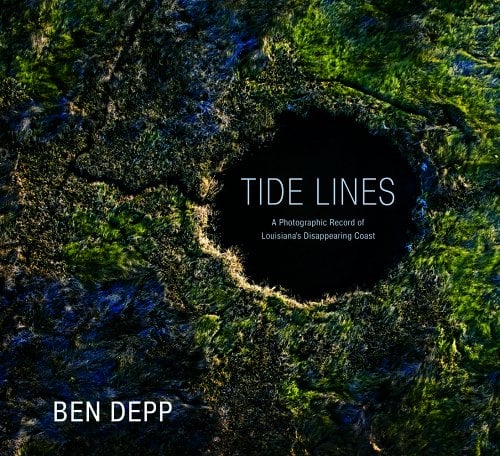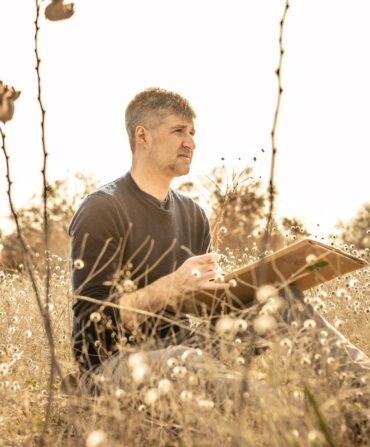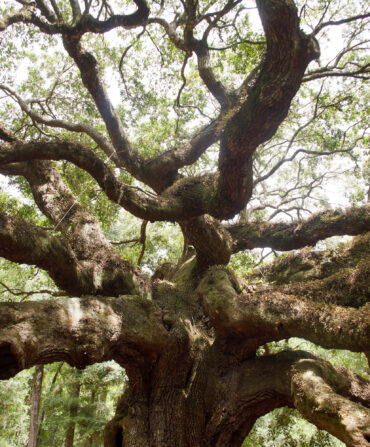Land & Conservation
Louisiana’s Paragliding Photographer
From his perch in the sky, Ben Depp snapped these hauntingly beautiful images of the disappearing Gulf Coast
If you drive south in Louisiana, the roads tend to end before the land does. The border between coast and ocean is hazy, though, in a place where sticky mud gives way to marsh-grass thickets and shallow turbid pools. Winds and tides and dirt pour down the Mississippi, all reshaping its contours.
Since there are so few roads through this landscape—the delta, as it’s known—it’s a place more often discussed in numbers and figures than literally seen: famously, the land here is giving way faster than almost anywhere else on Earth. Because of a few factors, including erosion, development, and rising sea levels, scientists estimate that a football-field-sized wetland area in Louisiana disappears every hundred minutes.
By the time the photographer Ben Depp moved to New Orleans in 2013 (he’s originally from North Carolina but had been working as a photographer in Haiti), he wasn’t sure if there was anything new he could say about this crisis with a camera. Then he looked down from an airplane. “I was just kind of floored by it,” he remembers.
Now Depp flies above the delta with a paraglider, powered by a motorized propellor he straps to his back—the device can carry him as high as ten thousand feet. He spends hours drifting, holding a camera that is clipped to his harness, with no set plans except to seek arresting scenes.

Ben Depp
Even before technology allowed for flight, artists have rendered landscapes from above. Often, the perspective suggests an orderly world, simplified and clean. But Depp’s photos can be strikingly disorienting. What looks like a twisting bayou is actually dead grass, marking a high-water line—and recalling, poignantly, a heart-rate monitor assessing the land’s health.

Photo: Ben Depp
By forcing a pause, Depp hopes his photos will cause people to rethink what they think they know. “I don’t want my work to be a textbook,” Depp says. “Those already exist.” The beautiful new photography book, Tide Lines: A Photographic Record of Louisiana’s Disappearing Coast, collects his most powerful images, a selection of which he previews here:
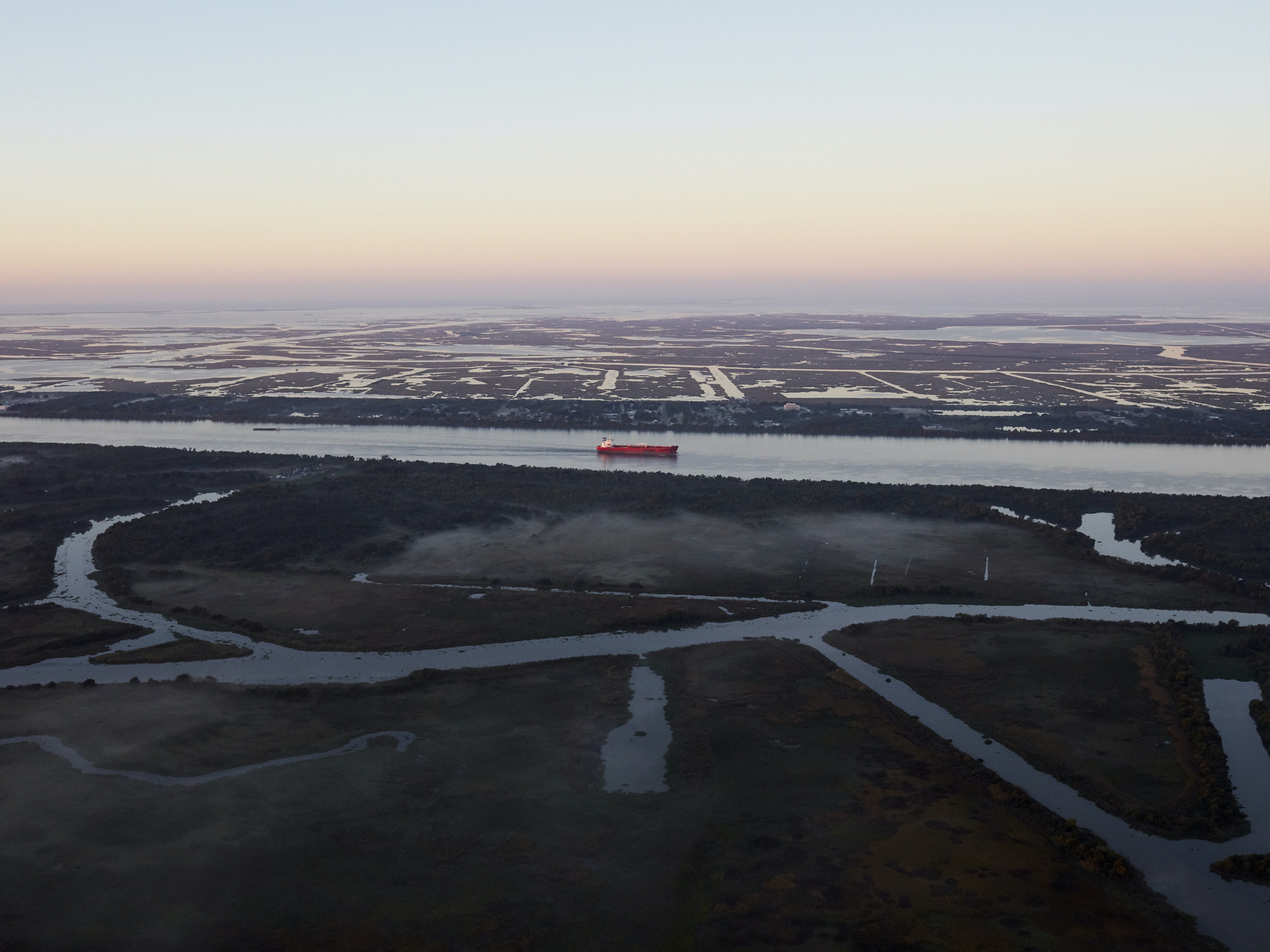
Photo: Ben Depp
To access the landscape, Depp sometimes sails to campsites in a hand-built boat, then rises before dawn to assemble his gear. After a few hours in flight, he’ll head back to camp, where he sweats through brutally hot afternoons in a landscape with almost no shade. Sundown offers not relief but hordes of mosquitoes. Sometimes he’ll be hunkered for days at a time on a barrier island, waiting for the wind to calm. “But once you’re off the ground,” he says, “it’s the most amazing thing.”
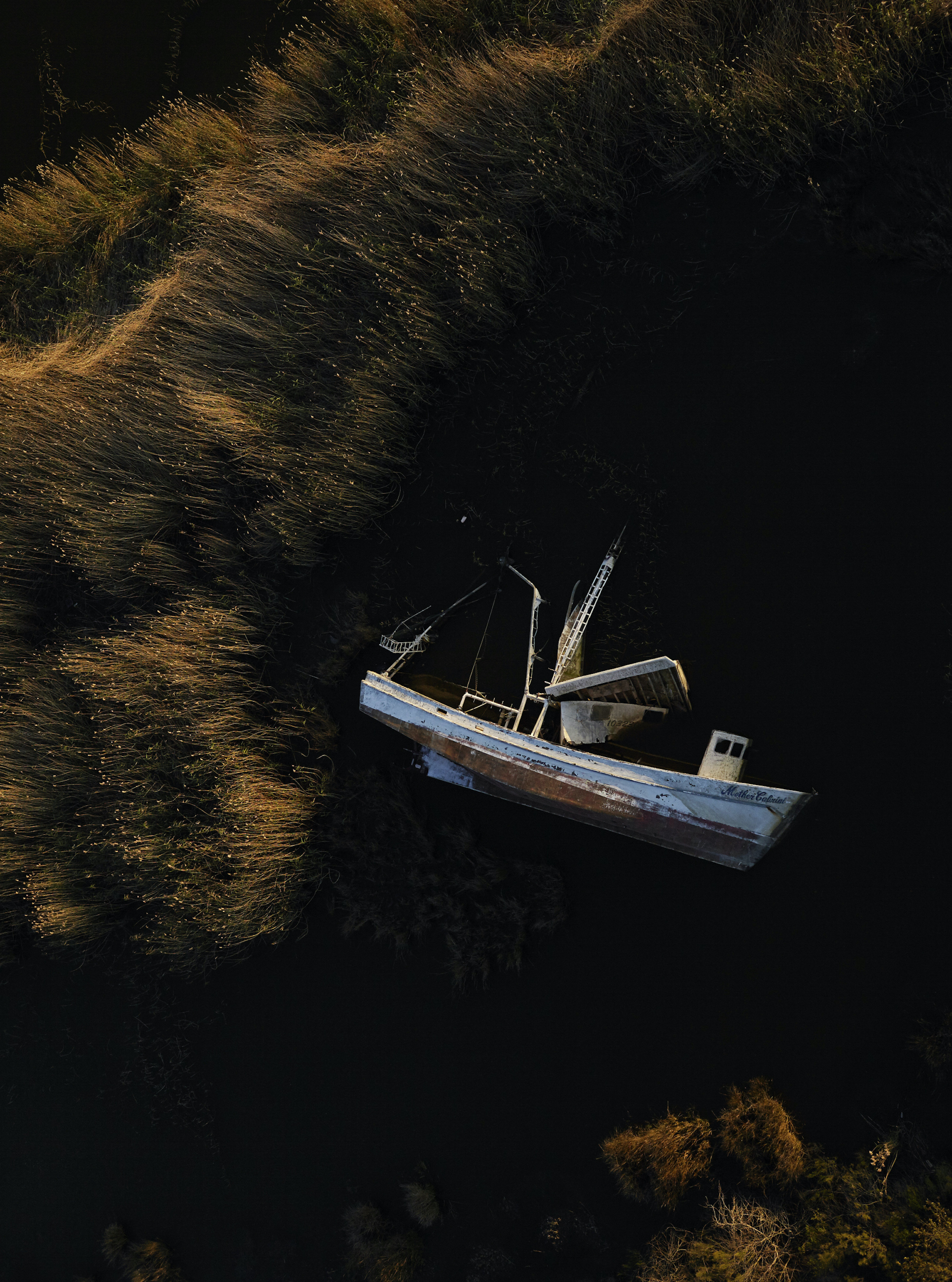
Ben Depp
Given the flatness of the landscape, Depp needs to find ways to use light to create depth and separation. Here, a setting sun’s long rays rake across a wrecked shrimp boat near Venice, the southernmost town on the Mississippi River that is accessible by road. The roseau cane in the marsh is also illuminated, while the water is so dark that it appears as an empty void.
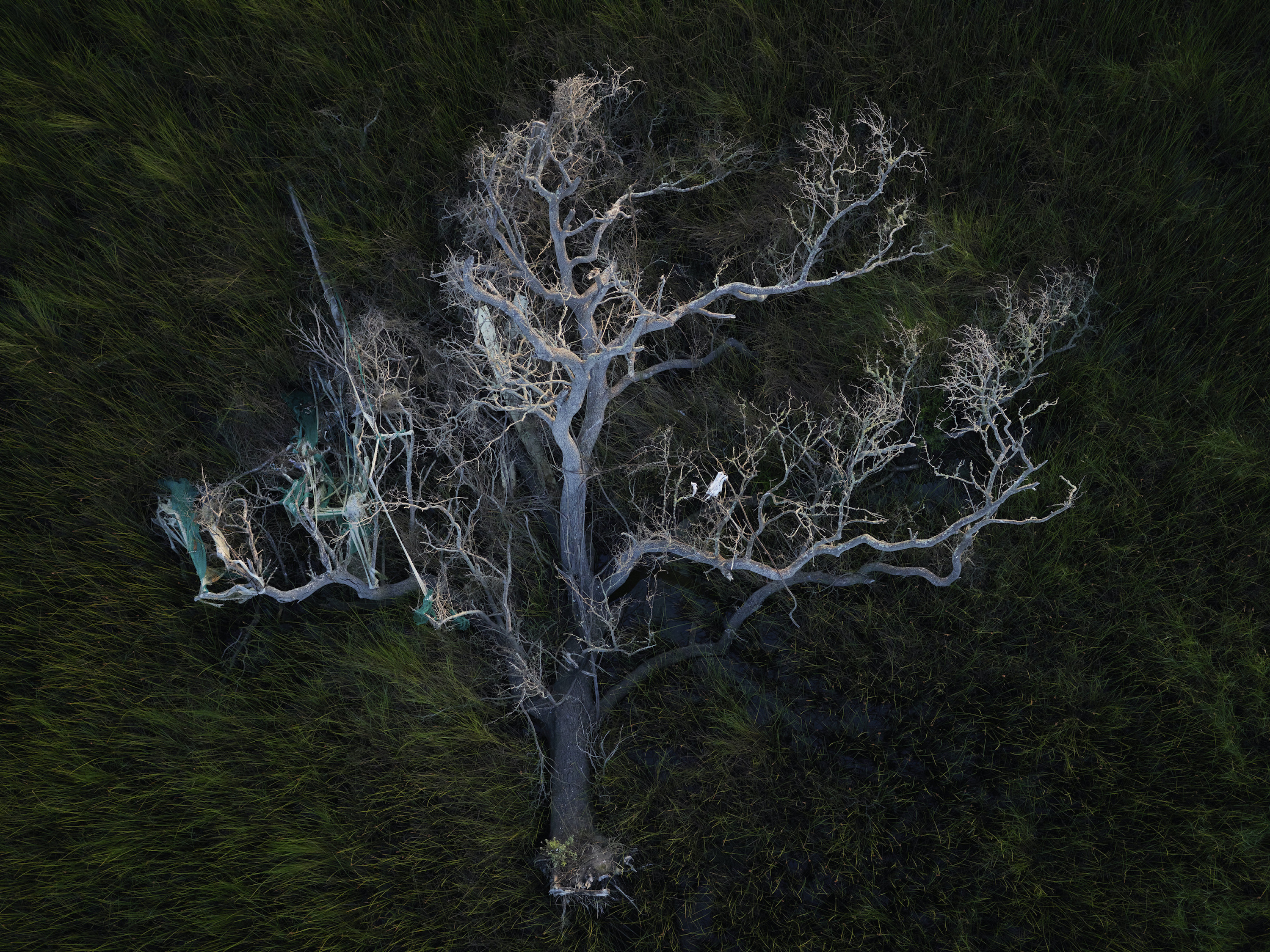
Photo: Ben Depp
Depp has documented the impacts of Hurricane Laura, which devastated western Louisiana in 2020. The rising sun illuminates tangles of green fishing net that the storm carried into an oak tree.
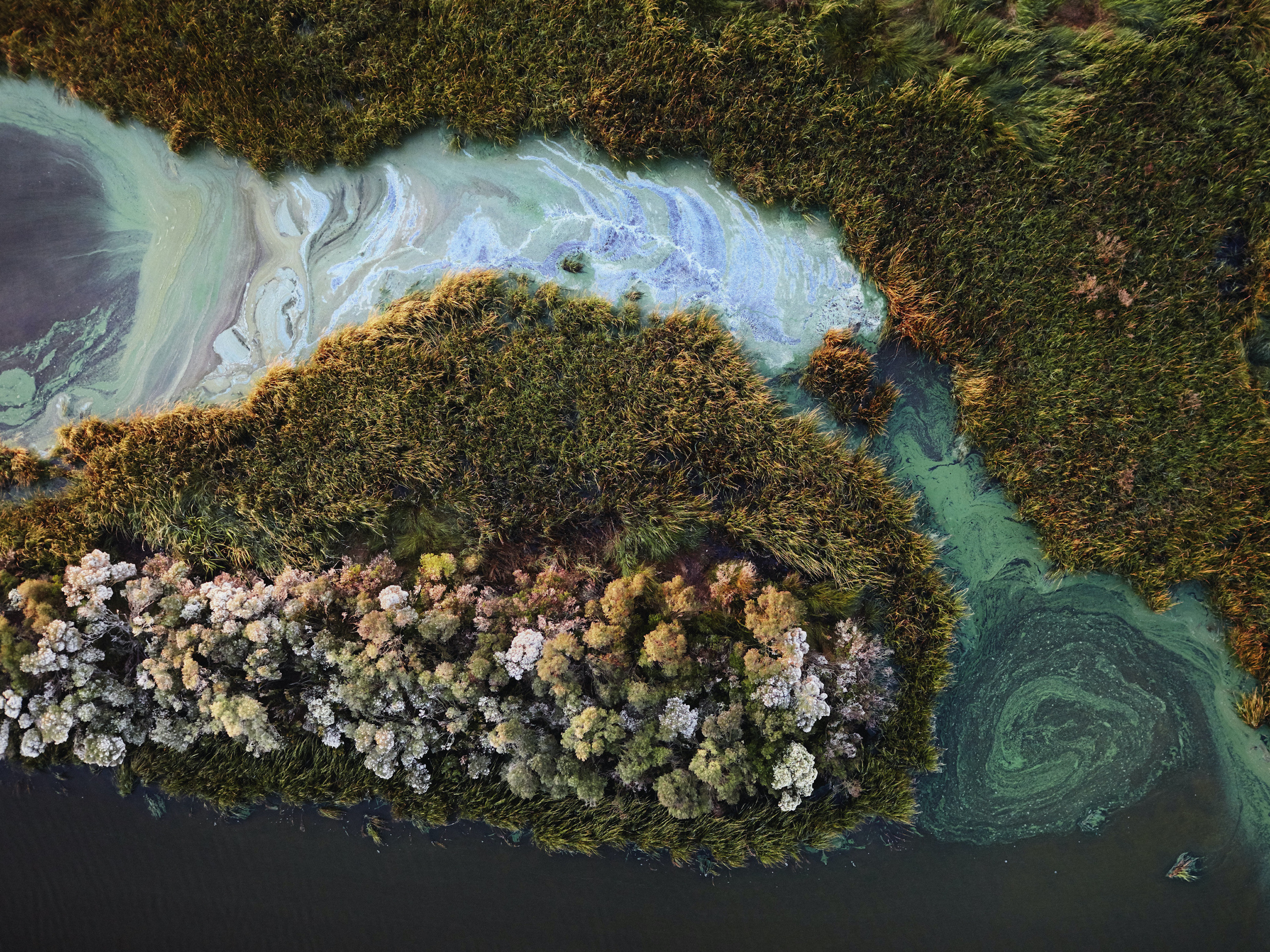
Photo: Ben Depp
Cyanobacteria, shown blooming here atop a bayou in Terrebonne Parish, emit an eerie beauty, despite helping to create a “dead zone” in the Gulf of Mexico, or an area with no oxygen or life. Depp intends his images to hold such complexity: Cyanobacteria are causing more damage thanks to human activity, but these tiny organisms have been around for billions of years and play a key role in ecosystems.
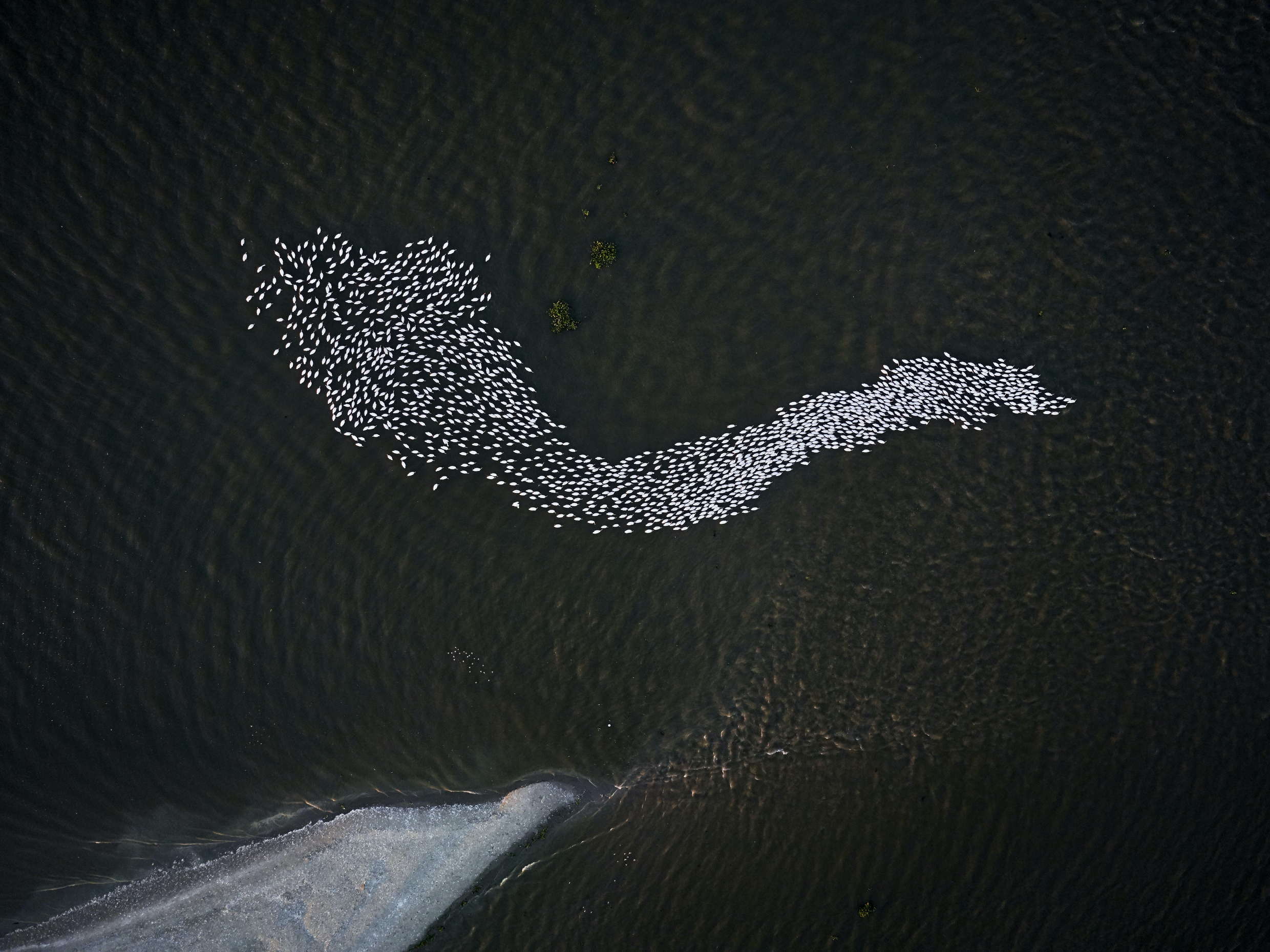
Photo: Ben Depp
Not everything is grim in the delta: Depp has visited many sites where people are at work restoring the lost landscape. At Scofield Island in Plaquemines Parish, he found pelicans swimming just off the isle’s edge. He drifted overhead for several minutes, capturing the changing shape of the flock.
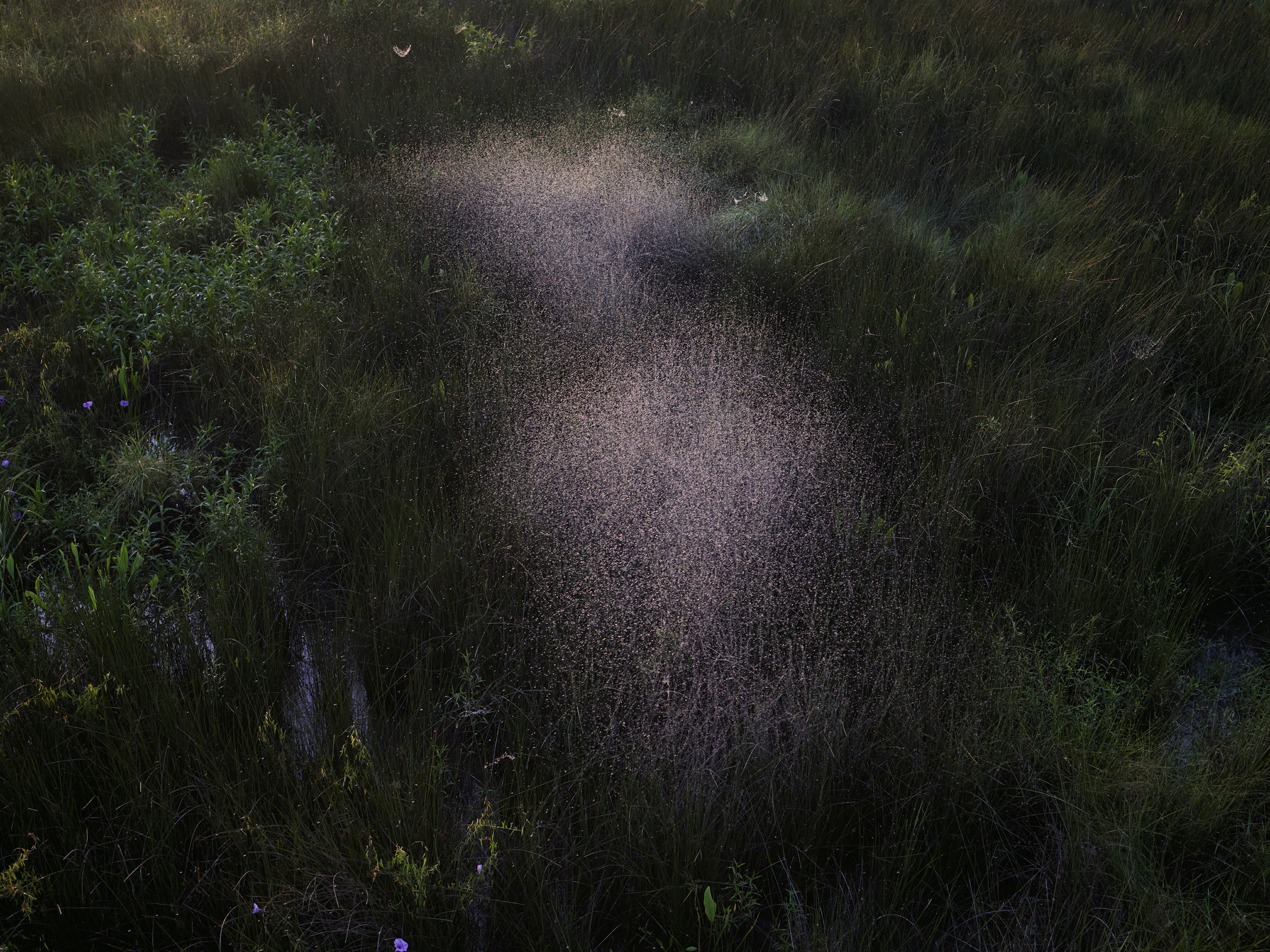
Photo: Ben Depp
Depp swooped close to the marsh near Bohemia, Louisiana—perhaps six feet off the ground—when he noticed this cloud of mayflies. They are a sign of life in an ecosystem that has recently been reconnected to the Mississippi River.


